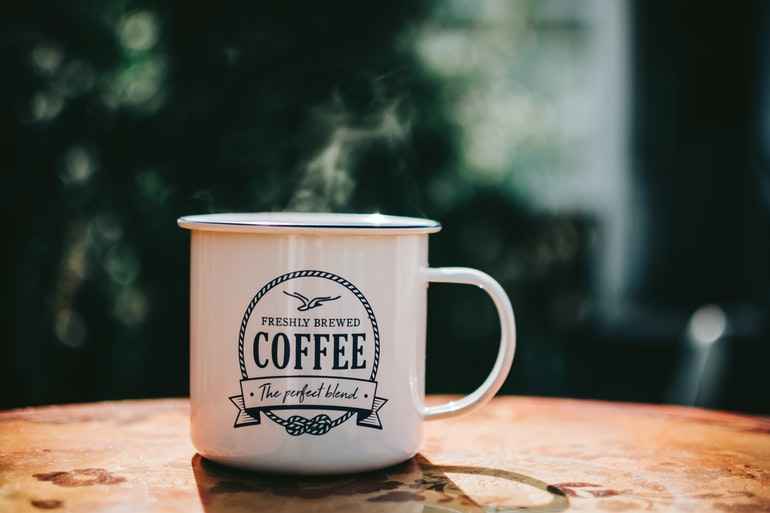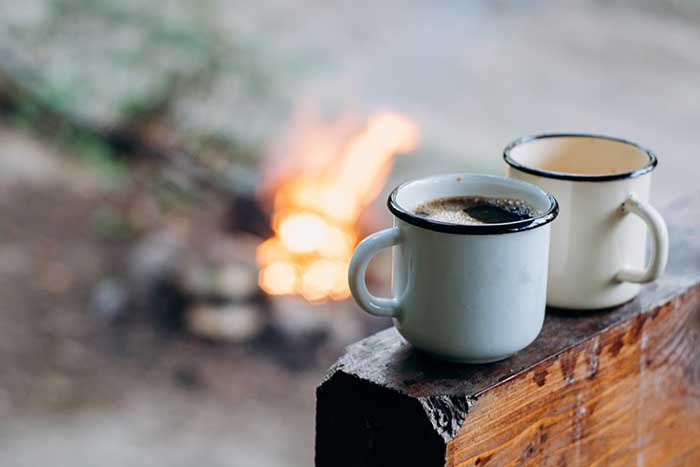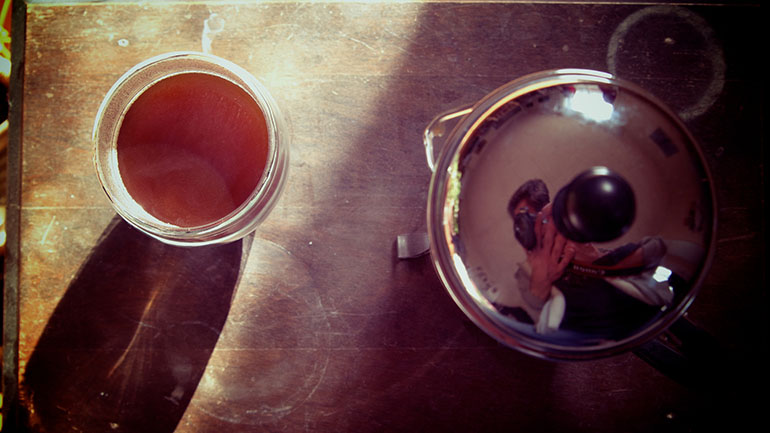In the context of coffee, extraction is the process of removing the aromas, flavor and acids from the coffee bean. To achieve certain levels of flavor or strength, this needs to be done at a certain rate and concentration.
Coffee beans are comprised of different compounds, and the goal of extraction is to use water to get the right amounts of the ones we want in order to get a cup that is delicious and exactly the right strength.
The amount extracted from a given amount of coffee is expressed as a percentage of the amount of the bean ultimately finishes in the brewed coffee.
Only 30% of roasted coffee beans is water soluble, meaning the maximum amount that can end up in a cup of coffee. However the ideal extraction rate actually sites somewhere between 18 and 22%. So our aim is to extract enough to sit within this range in order to deliver beautiful flavors, but not to go over so that we end up with an overly bitter profile.
This can sometimes be a challenge and there are a number of different variables that contribute to the extraction rate of your coffee.
#1. Ripeness
While it is true that you should aim to use beans within three weeks of their roasting date, what is often forgotten is that they also need to undergo a period of aging before being ground. I’m (rather crudely) calling it ripeness here, but I’m sure there’s a better word for it.
After a bean is roasted, it needs a period of time to degas. This degassing period allows gas to depart the bean, which makes it more permeable for water when it comes to extracting. If water can’t permeate it suitably then your coffee will be under extracted, leading to a weak and potentially sour flavor profile.
#2. Grind Size
This is arguably the most important variable of them all. Different brewing methods call for different grind sizes, and getting it wrong could be the difference between a watery espresso and a tar-like French Press.
Extraction is largely influenced by surface area, and the finer the grind size the greater the surface area of the coffee grounds. This is why fine grinds like espresso have such a deep and rich flavor, while more coarse grinds like French Press tend to be much more subtle and delicate.
Grind size also influences flow rate and contact time between water and coffee particles. The longer the water is in contact with the particles, the more it’ll extract flavor. It’s a balancing act that can delicately go the wrong way.
However it isn’t as simple as just saying “I like strong coffee, I’ll get fine grinds”. You need to make sure that the grind size you choose is suitable for your chosen brewing method.
#3. Water-to-Coffee Ratio
Also key is your ratio of water-to-coffee. The amount of coffee you have in relation to water, the strong your coffee will be.
16:1 is often floated as the ideal ratio of water to coffee. This is then usually expressed in grams or ounces.
#4. Agitation
This is more often than not just a posh word for stirring, but it is done in a fairly precise and measured way.
Agitation is the use of a spoon or stirrer to create turbulence in the coffee slurry. This helps increase extraction. However it is directly correlated to strength, so you need to try to do it consistently brew to brew, otherwise your results are going to be mixed over time.
#5. Water Temperature
It will come as no surprise to you that hot water extracts coffee more efficiently than cold water. It’s easy to take this too far however, as overly hot water can actual burn coffee and result in over extraction.
While some people might dismiss this as a minor factor, it bears just as much significance as temperature does for cooking meat. Cooking at a searing temperature is going to have very different results to something far lower.
Ideal brewing temperature sits somewhere around 195 to 205 degrees fahrenheit, so really the key is to not add water to grounds immediately but rather wait a minute until the water has hit target temperature.
Because temperature is such a significant determining factor in extraction levels, it’s important to try to keep this consistent cup to cup. Invest in a water thermometer to try to closely monitor your water temperature to and ensure consistency.
#6. Blooming
This is a really important step in pour over brewing methods where you pre-wet the grounds with a light layer of water. This is key for two reasons: One is that it helps the water you add subsequently to move around the grounds more freely. The other is that it allows the grounds to release carbon dioxide, making them more permeable for the water to extract aromas and flavor from.
#7. Strength
Otherwise known as TDS (total dissolved solids), this refers to the concentration of dissolved coffee particles in a given cup of water.
Expressed as a percentage in terms of strength, the ideal concentration is about 18-22% and is measured with a refractometer. If TDS is too high then it can help baristas tweak their brewing to avoid similar over extraction.



